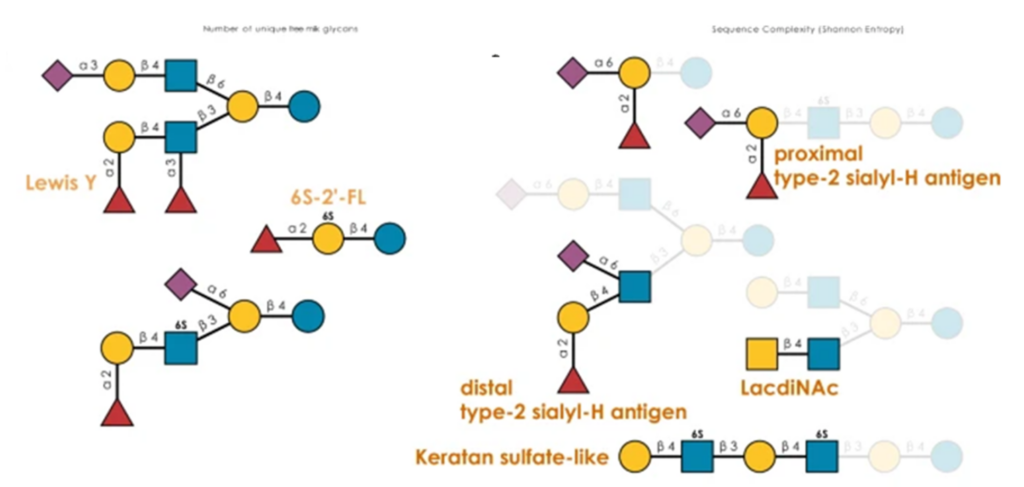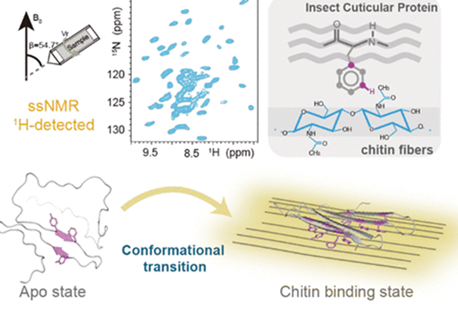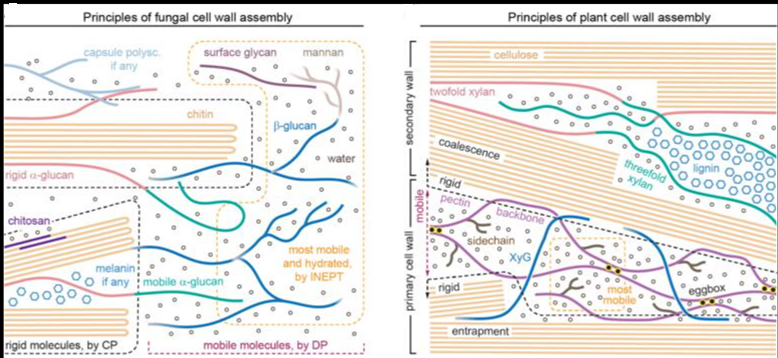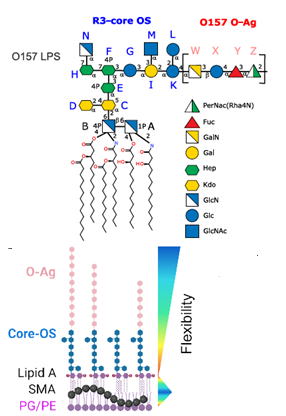Glycosaminoglycans (GAGs) are highly anionic functional polysaccharides with information in their structure that plays a significant role in the communication between the cell and the extracellular environment. The study reports the label-free detection and analysis of GAGs at the single molecule level using sensing by biological nanopore. It offers a way to decipher structural information in oligo- and polysaccharide sequences, which remains a significant challenge in glycoscience.
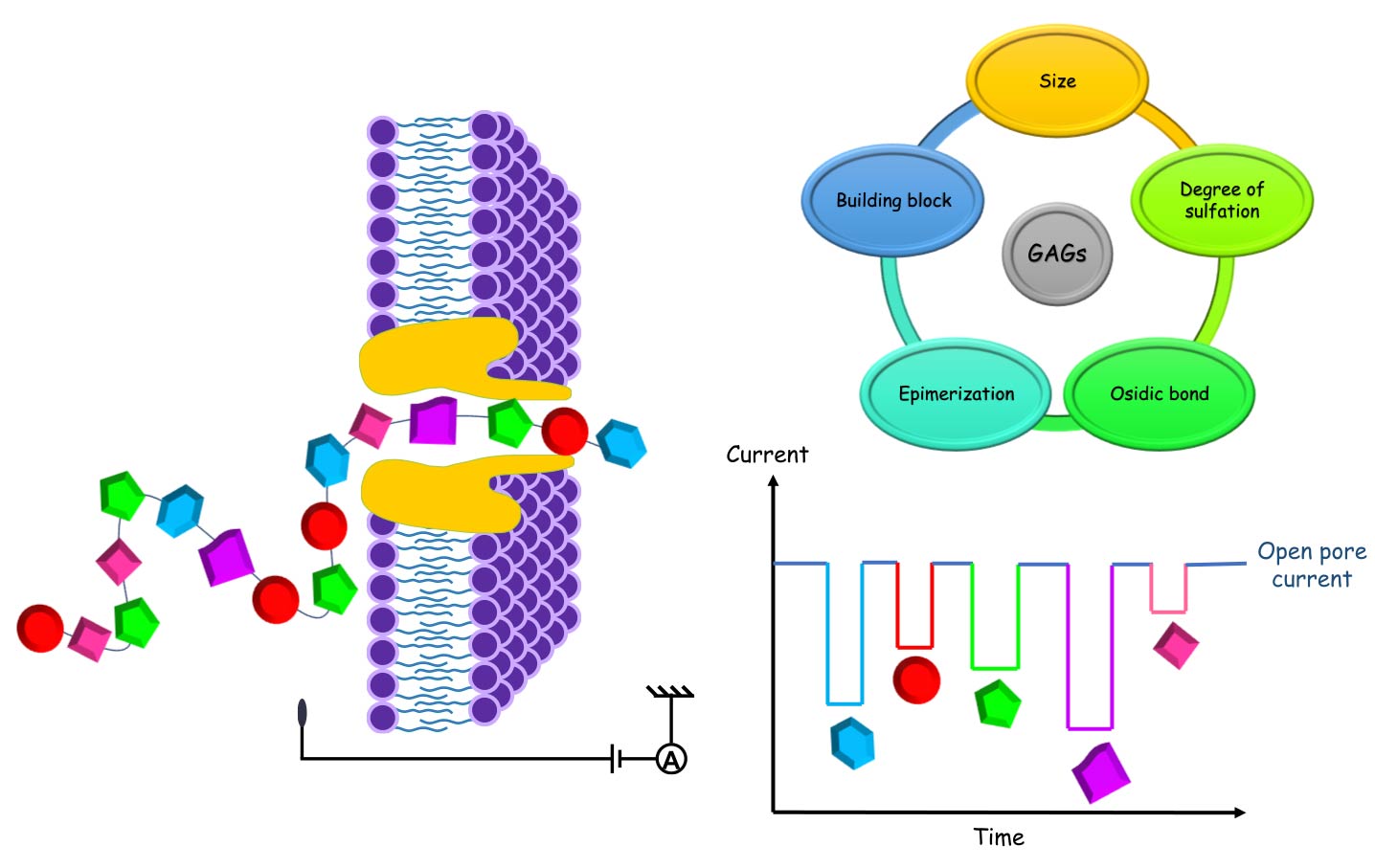
The characterization of GAGs oligosaccharides having various sulfate patterns, epimers of uronic acid residues and osidic bonds can be achieved using a wild-type aerolysin nanopore. Not only can the size from tetra to icosaccharides from heparin, dermatan sulfate and chondroitin sulfate be discriminated, but the different contents and distributions of sulfate groups as well. The detection of differences in the α versus β anomeric configuration at the 1-4, 1-3 glycosidic linkage highlights the performance of the sequencing.

